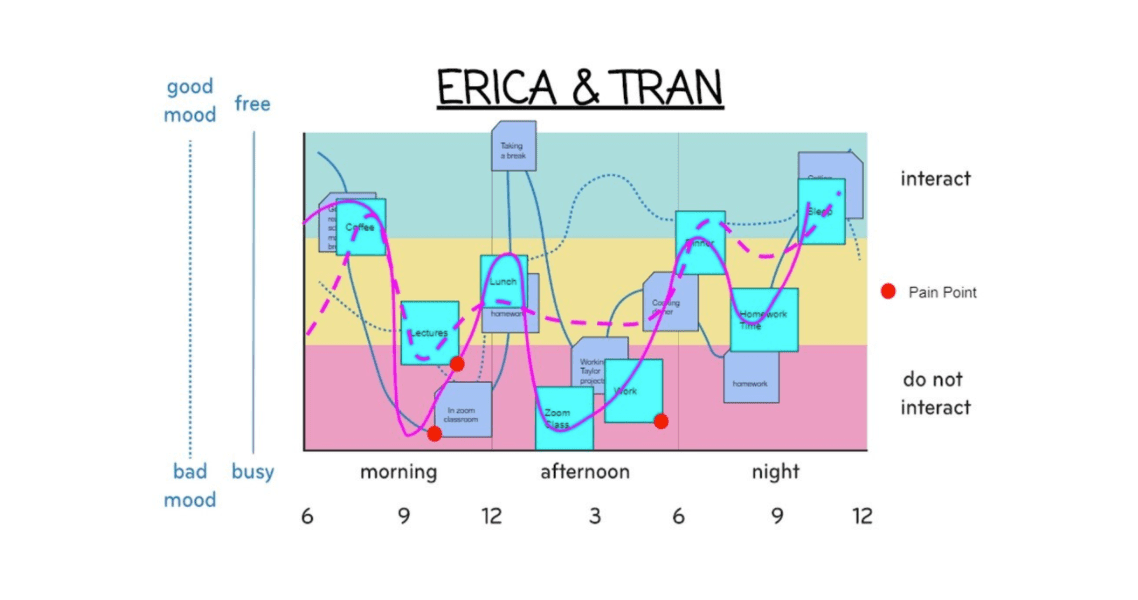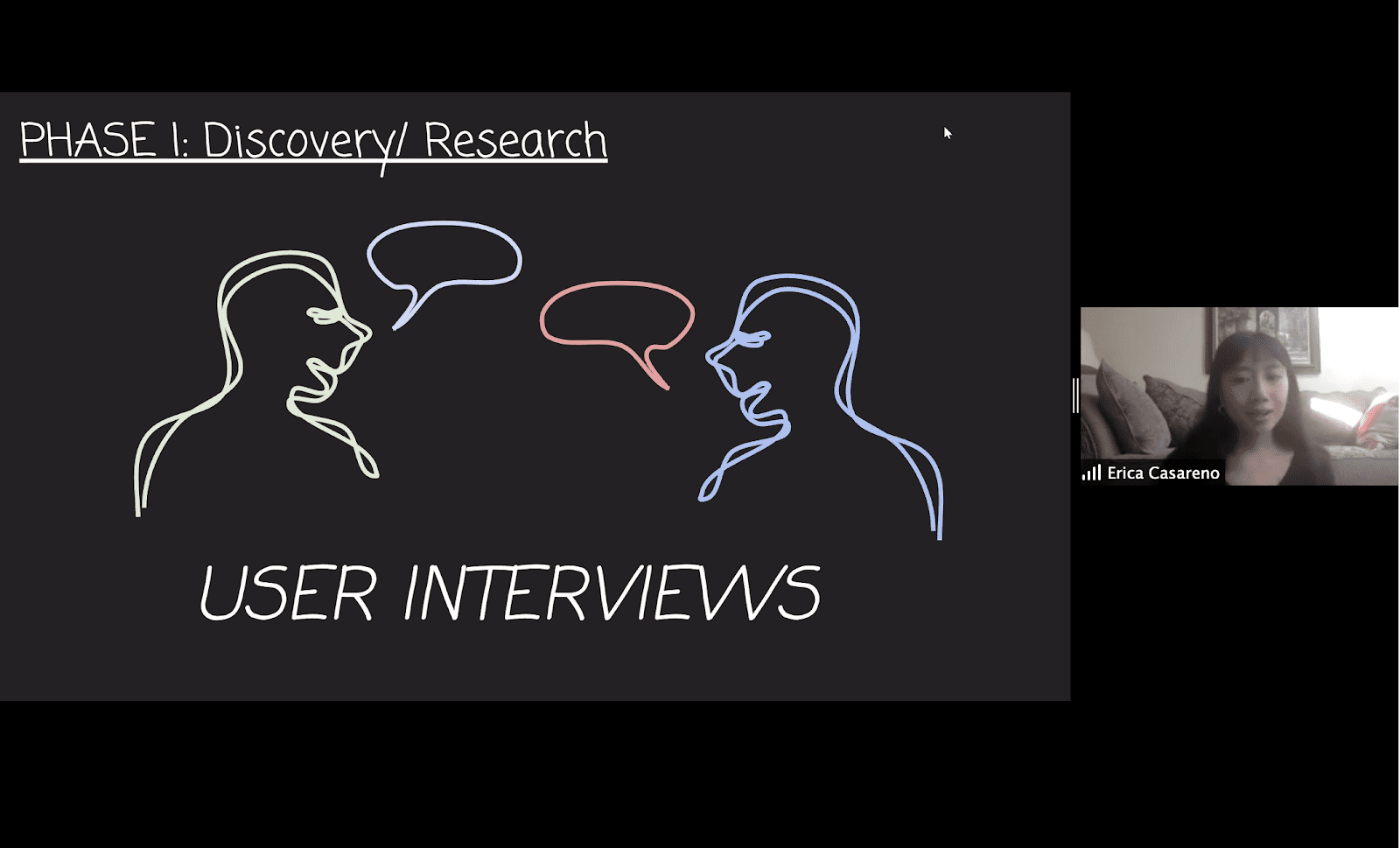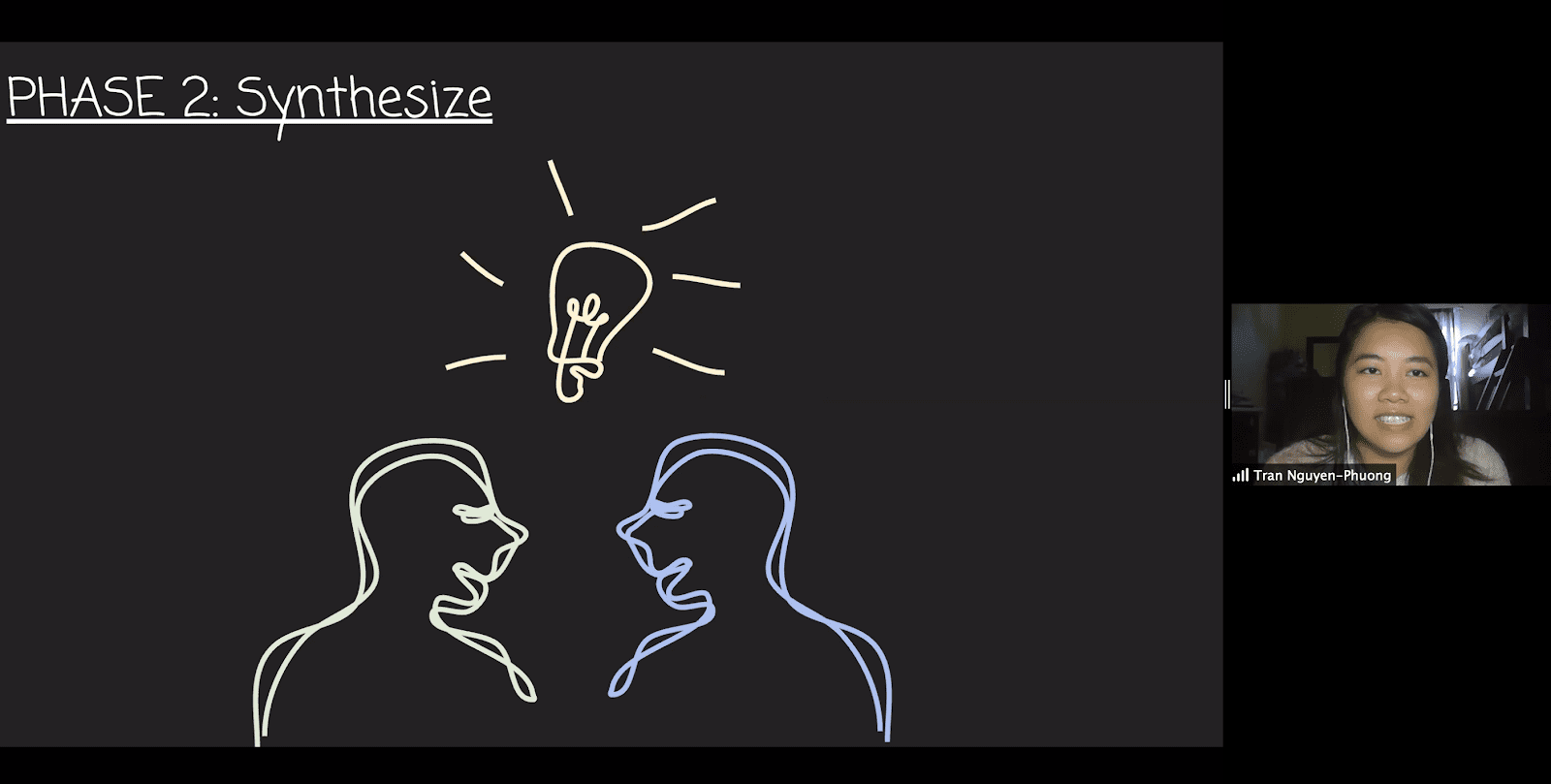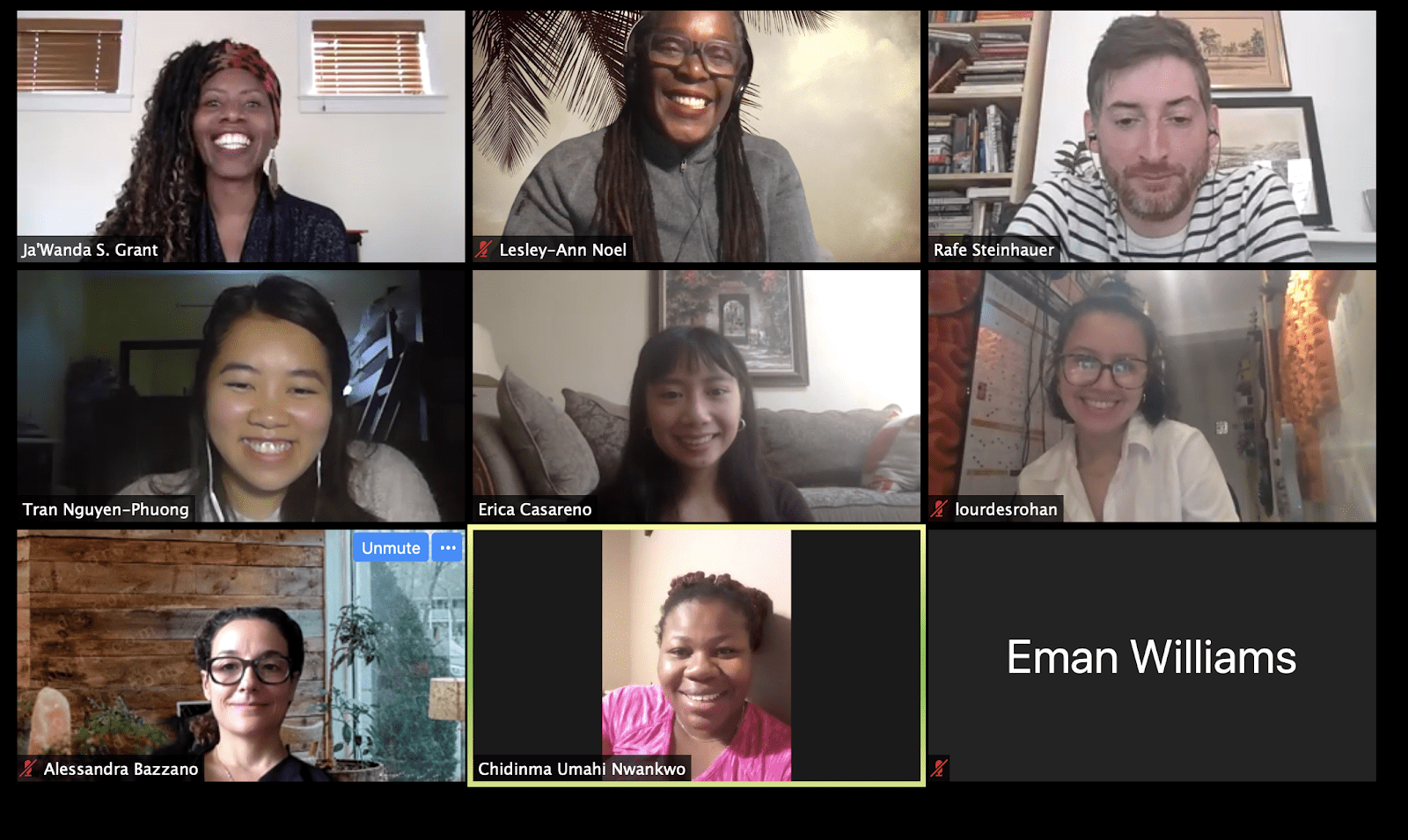
Building Empathy during Quarantine by Journey Mapping Daily Routines
Written by Tran Nguyen-Phuong, Taylor Center 2019-2020 Design Thinking Student Fellow and Erica Casareno, Taylor Center 2019-2020 Communications Student Fellow.
Uncertainty is an unavoidable element of life. The COVID-19 pandemic has forced us to recognize this fact more than ever before. Design Thinking can be a tool to help us navigate both the present and the future.
Social and cultural landscapes are shifting along with our changing physical environments. Social distancing rules redefine how we express our love and care for each other. For example, precautions such as standing 6 feet away, wearing a facemask, and washing your hands are the greatest acts of love during this time.
As big sisters trying to bond with our siblings and colleagues turned friends who want to stay connected, we developed this activity and template to build more intentional, effective relationships with those important in our lives.
We adapted journey maps to track daily routines and mood fluctuations for ourselves and our loved ones. Journey maps are storytelling tools that help us illustrate a user’s experience. It can shed light on certain aspects of a user’s perspective, which can help us empathize with them. We specifically wanted to use our adapted journey map to identify pain points and locate opportunities for improvement in our relationships.
In April, we facilitated this activity on two occasions:
- We shared this at the Taylor Center’s monthly networking event, Design Thinking the New Orleans Way (DTNOW), to 11 participants who have different relationships with design approaches.
- Afterward, we modified the activity for a cohort of Xavier University’s honors students and facilitated it at their Exponential Leadership Academy’s Wellness Wednesday series.
Our activity is composed of 3 parts:

1. Discovery/ Research
In this phase, we conducted user interviews to gather information from our partner(s). It is important to note that aggregate data from journey maps are a reflection of real user experiences. Some questions we suggest asking your partner are:
- What did yesterday look like for you? What tasks made up your day? (ex: class, meals, family/ social time, etc.)
- How does your mood fluctuate throughout the day? Are you a morning person or a night owl?
- How do you feel after specific tasks or events? (ex: after watching the news, doing chores, playing with your pets)
Please be mindful of assumptions and preconceived ideas that you may hold about your partner. Avoid casting judgment on your partner for their thoughts, feelings, and experiences. Give them space to answer for themselves rather than generating an answer for them.

2. Synthesis
Once you have finished your user interviews, collaborate with your partner to make sense of the data you’ve collected, and transfer it to the template. Use the template to visualize both mood level and busyness (which are both shown on the vertical axis) for the entire day (see time on the horizontal axis). You can make notes on the template to explain and support your trend lines.
The different colored sections on the template represent varying levels of desirability for interaction:
- The blue zone signifies the optimal time for interaction.
- The red zone signifies a poor time for interaction.
- The yellow zone is a neutral space. Determine interaction on a case by case basis.

3. Reflection
Finally, examine the similarities and differences between your lines and your partners’ lines. Notice where lines intersect. Talk about how you could use this information.
Here are some guiding questions for your reflection:
- Can I use this to better support my partner?
- Can I use this to be more understanding to my partner?
- Can I use this to maximize the amount of time I can spend with them?
- Can I use this to be more mindful of my behaviors and reactions?
While this activity is beneficial in pairs, it can be equally valuable done alone.
- You can download the template (pdf) along with some examples of completed templates you can use as guides for filling out your own.
- Another option could be to recreate the template in an analog way with materials in your own home on a whiteboard or piece of paper.
We hope that this activity is beneficial to you during this time.